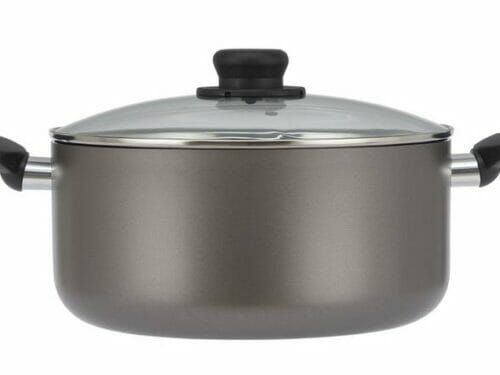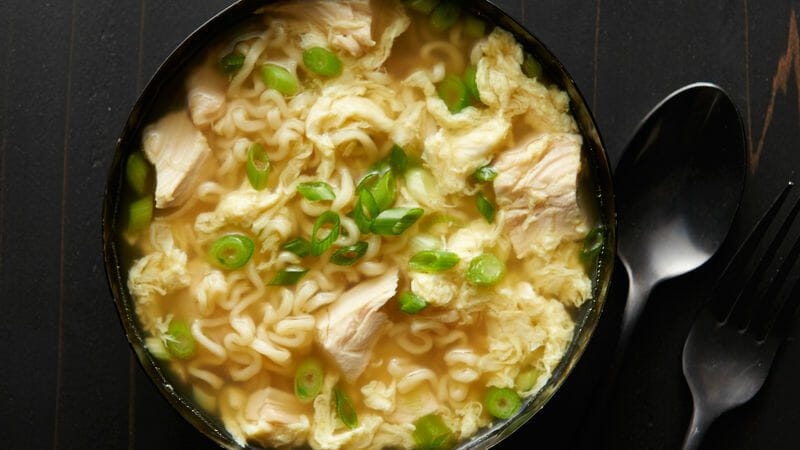
Udon Noodle Egg Drop Soup
Boil udon noodles, then combine soy sauce, sea salt, mirin, and dashi. Beat eggs and swirl into boiling soup for thin ribbons. Pour over udon, garnish with spring onions, add chili powder to taste. Serve Easy Japanese Noodle Egg Drop Soup.
Print
Servings: 2 servings
Calories: 114kcal
Add to Collection
Ingredients
Optional:
- shichimi chili powder for serving
Instructions
- Cook udon noodles for about 10 minutes in boiling, filtered water. Drain in cool water.
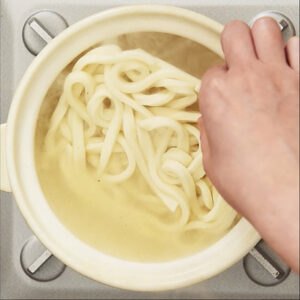
- Combine soy sauce, sea salt, mirin and dashi in sauce pan on med. heat. Bring to boil.
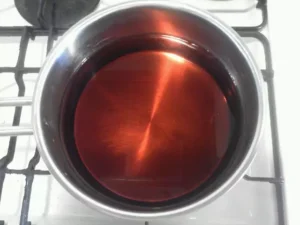
- Beat eggs in measuring cup. Stir soup in circular motions. Add eggs in slowly to soup while swirling, making thin ribbons. Remove from heat when egg ribbons have floated to surface.
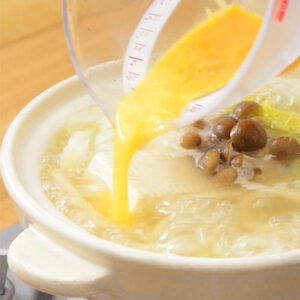
- Place udon in bowls. Add egg drop soup and garnish using spring onions. Add chili powder to taste. Serve.
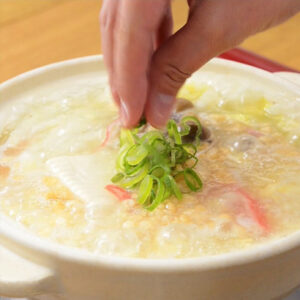
Video
Notes
This delicious soup is best served as soon as it's ready. The soup does not keep well and can't be refrigerated. For maximum flavor, use a homemade chicken stock. Alternatively, you can substitute baby bella mushrooms for crimini mushrooms. The broth should be hot to taste, so add ginger only a pinch to keep the flavor mild. Next, add the beaten eggs to the simmering soup, letting the yolks spread out like ribbons.
Nutrition
Serving: 1serving | Calories: 114kcal | Carbohydrates: 6g | Protein: 10g | Fat: 5g | Saturated Fat: 2g | Polyunsaturated Fat: 1g | Monounsaturated Fat: 2g | Trans Fat: 1g | Cholesterol: 164mg | Sodium: 1618mg | Potassium: 253mg | Fiber: 1g | Sugar: 3g | Vitamin A: 245IU | Vitamin C: 1mg | Calcium: 86mg | Iron: 1mg
© Food And Meal
This website provides approximate nutrition information for convenience and as a courtesy only. Nutrition data is gathered primarily from the Spoonacular Database, whenever available, or otherwise other online calculators.

